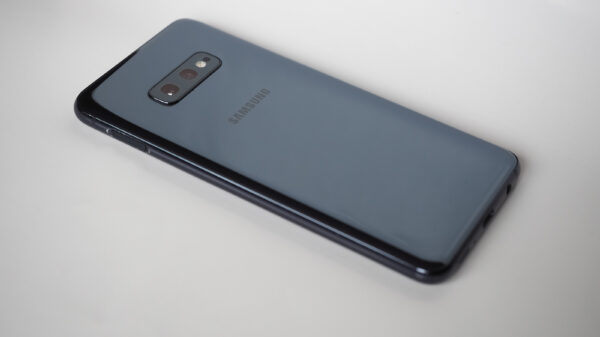Silent Circle announced today the release of a new major system update for Silent OS, the operating system powering the company’s privacy-focused Blackphone 2 smartphones.
Version 3.0 migrates Silent OS to Android Marshmallow 6.0.1 and brings the Android security patch level to June 2016. In addition to fixes for security vulnerabilities, Silent OS 3.0 introduces a completely revamped version of the Security Center, which now includes two new features.
One of the new features in the Security Center is Privacy Meter, a system that runs in the background and continuously monitors the device’s configuration and status for anything that could pose a threat to data security and privacy. Each potential problem is assigned a priority rating and users are provided instructions on how to address the issue.
“Think of it as an assistant that is always next to you helping you maintain the most awareness of your Privacy Profile,” David Puron, VP of engineering at Silent Circle, said in a blog post. “Whether you have available software updates, your browsing certificates have been altered, or an app is sharing your location, the Privacy Meter will show you what is happening then guide you through the appropriate configurations, if desired.”
Another new feature is the Cellular Intrusion Detection System (CIDS), which warns users about possible threats related to the baseband and its connection to the cellular network.
“We understand there are many types of attacks leveraging the baseband, so we will not say we will identify and catch them all. However, we have created smart mechanisms to detect a number of these attacks such as device tracking using silent SMSs, network downgrades to weaker protocols, etc.,” Puron said. “The CIDS will warn the users when there is a potential threat on the cellular network, so that members can choose whether or not they continue communicating via this network.”
Silent OS 3.0 also introduces Zero Touch Deployment for Managed Spaces, a feature that IT teams can use to remotely deploy a managed secure space on a device. These secure spaces are containers that allow users to separate data and applications on a phone – for example, if the device is used for both personal and work-related activities.
Related Reading: Macate Unveils New Security-Focused “Cyberphone”
Related Reading: Vulnerability Exposed Blackphone to Complete Takeover












